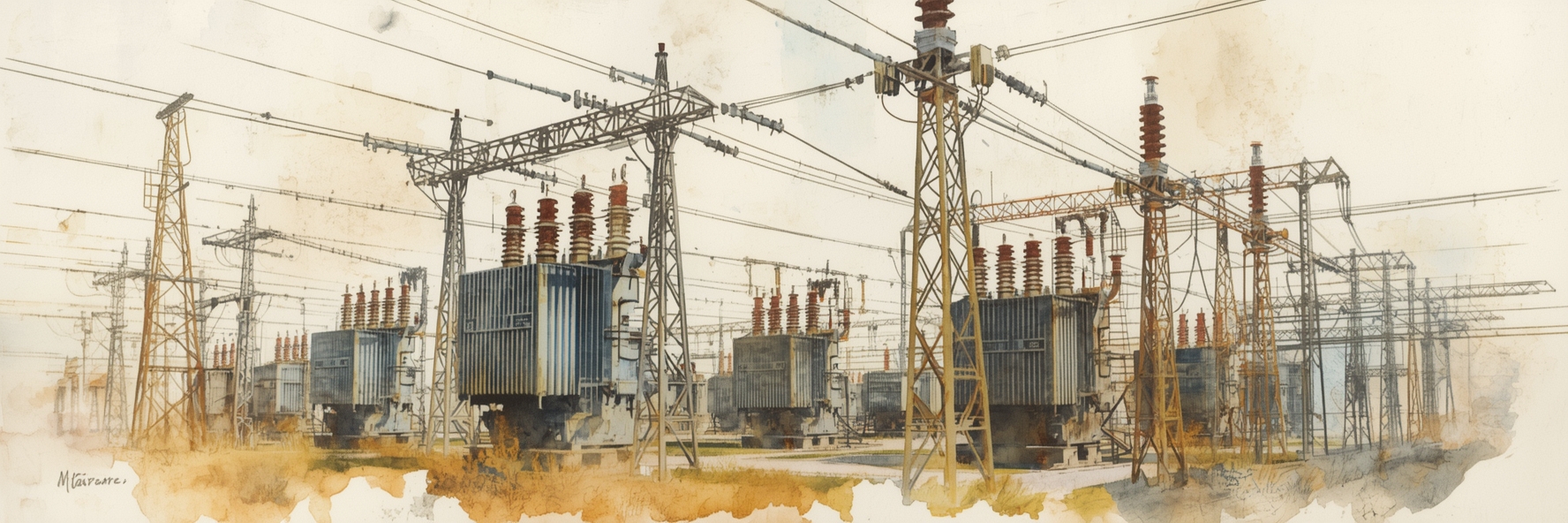Current Ratings of an Electrical Equipment
Electrical equipment is designed to handle different types of current, and there are mainly three types of current ratings that apply to it: Normal Current Rating, Short Circuit Current Rating (for a specific time period), and Dynamic Current Rating. Let’s explain these in simple terms: Normal Current Rating The normal current rating of electrical equipment … Read more





